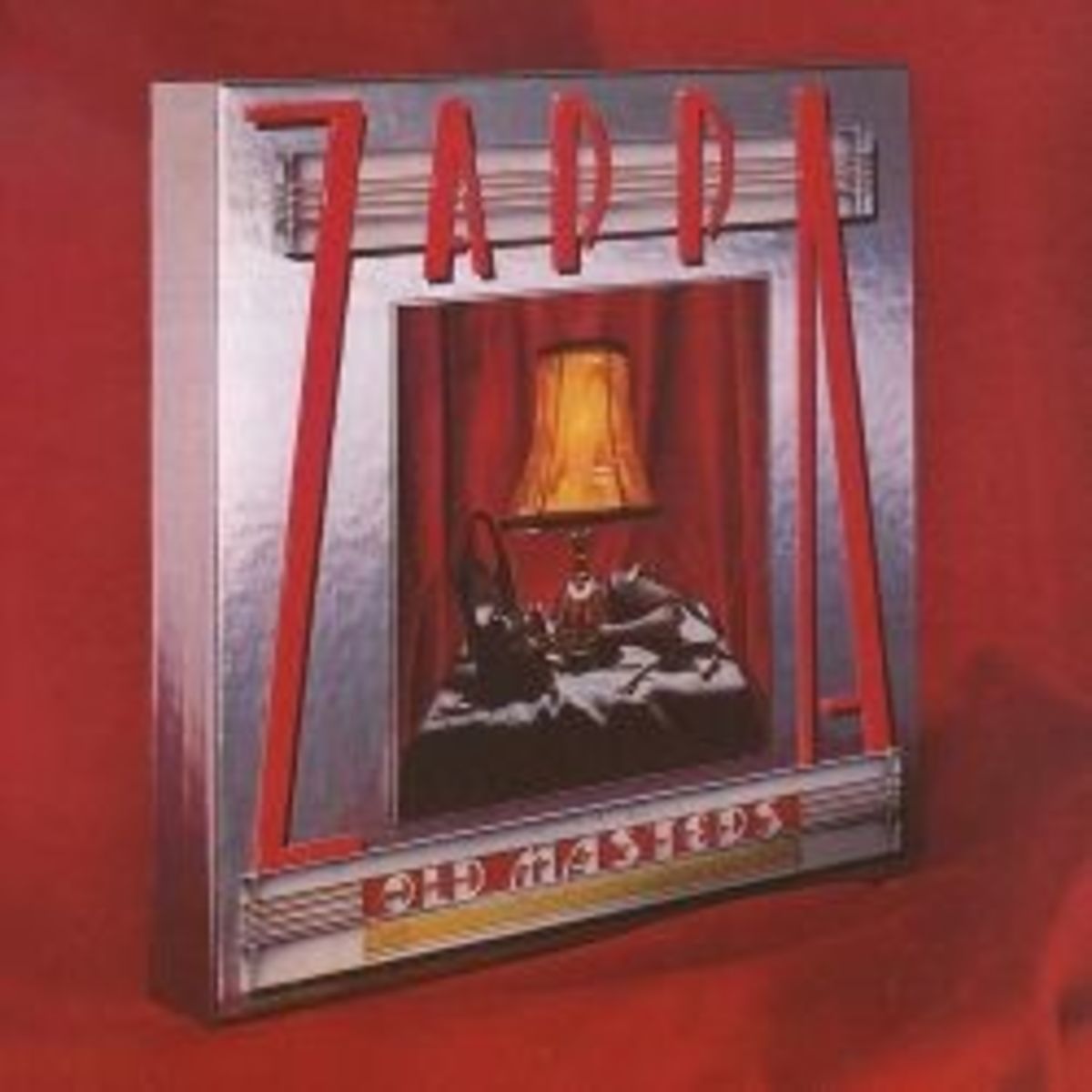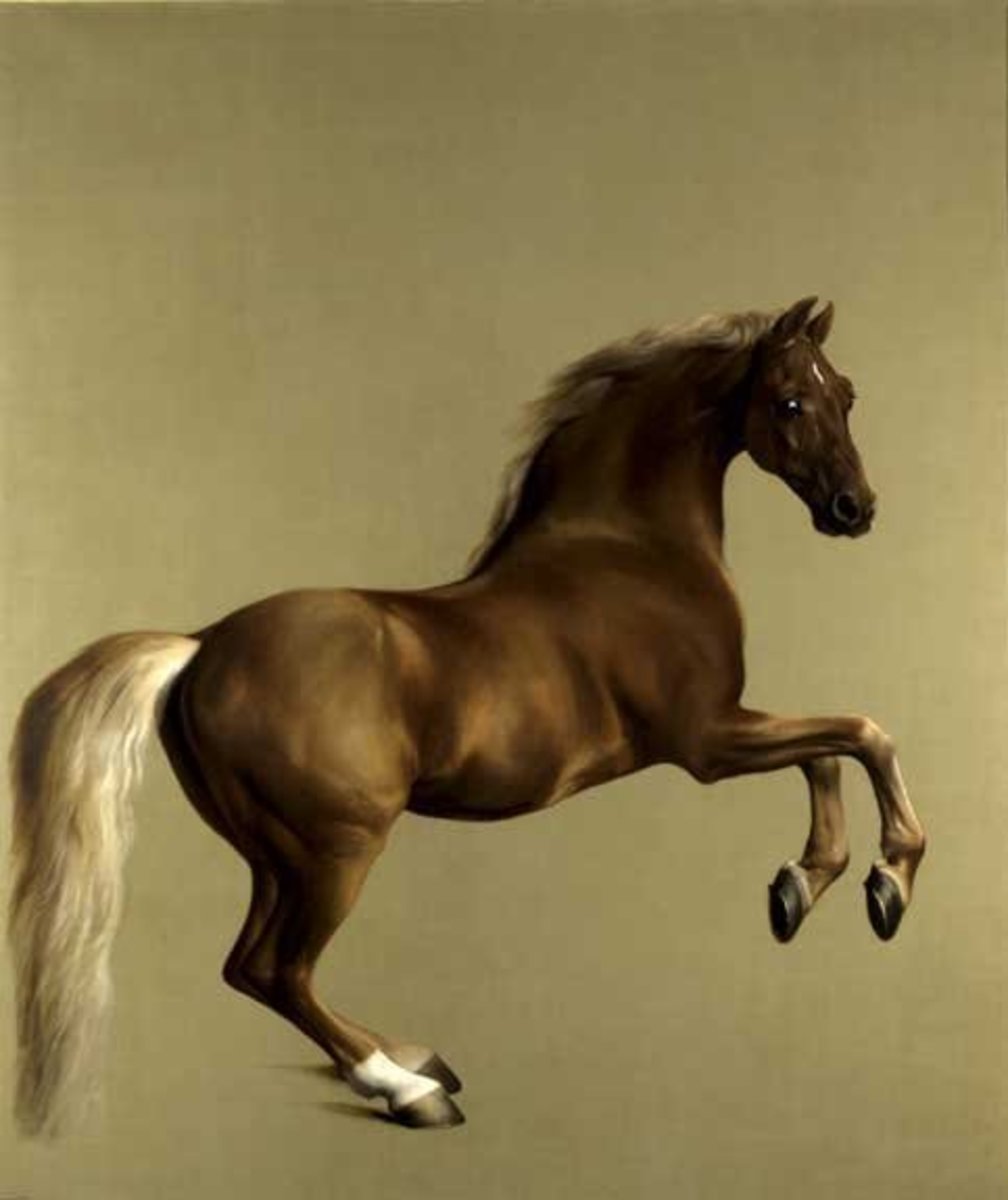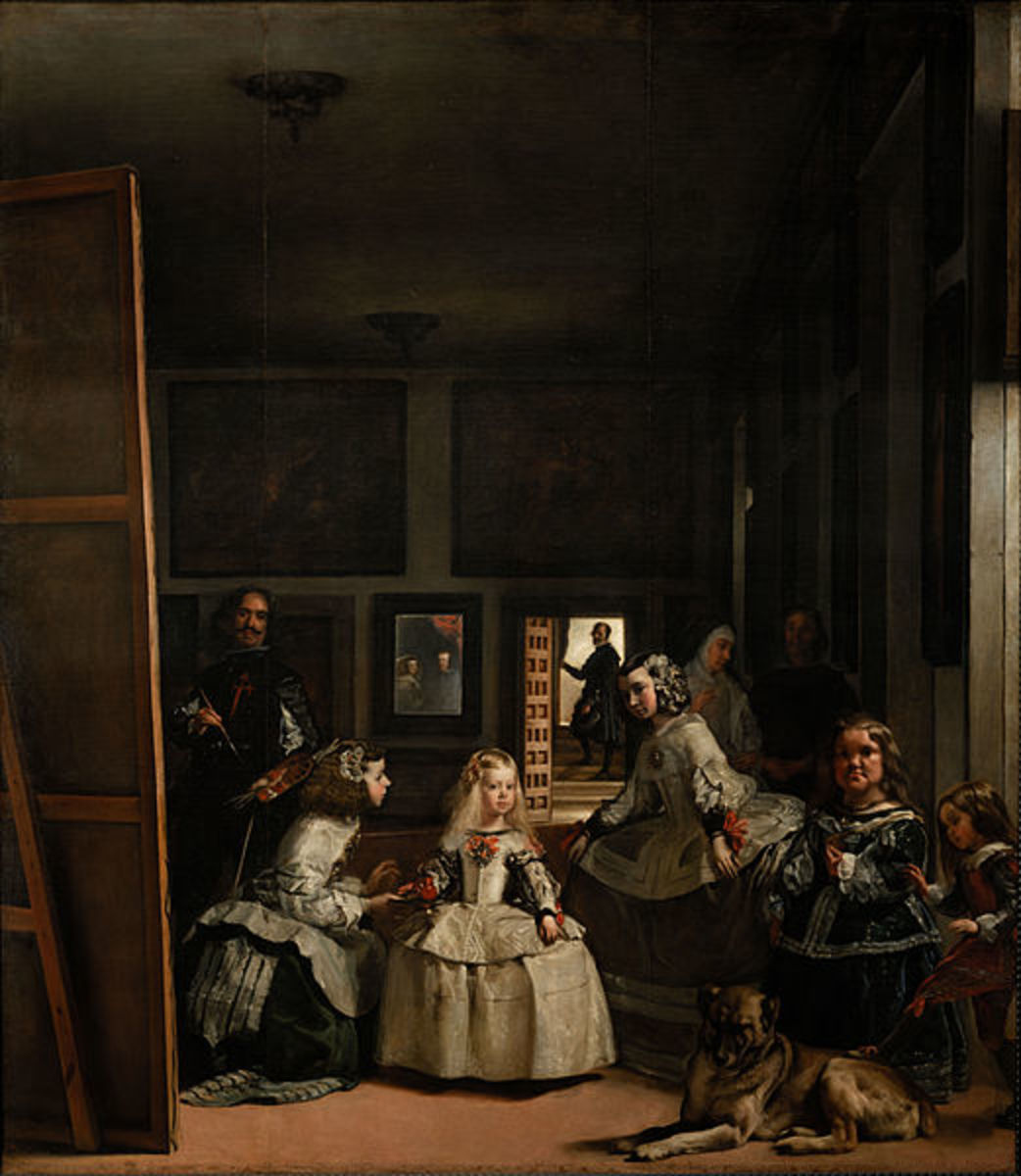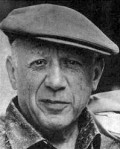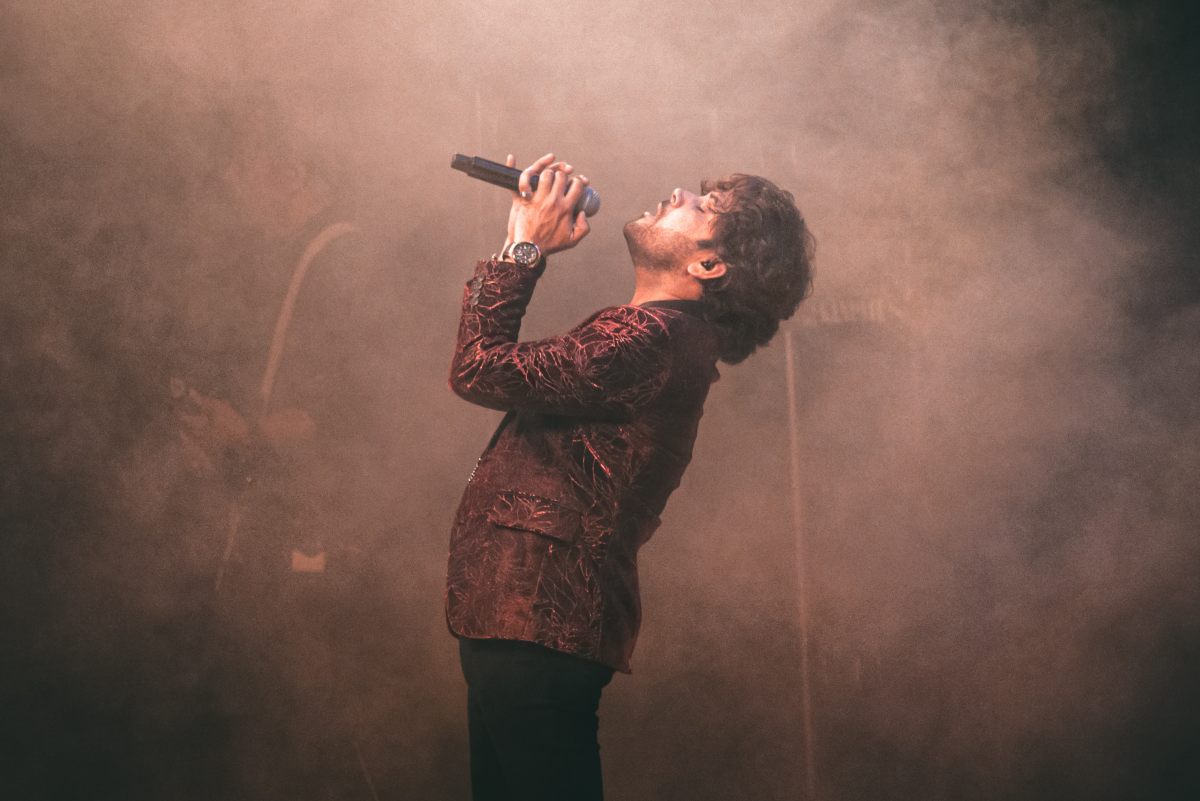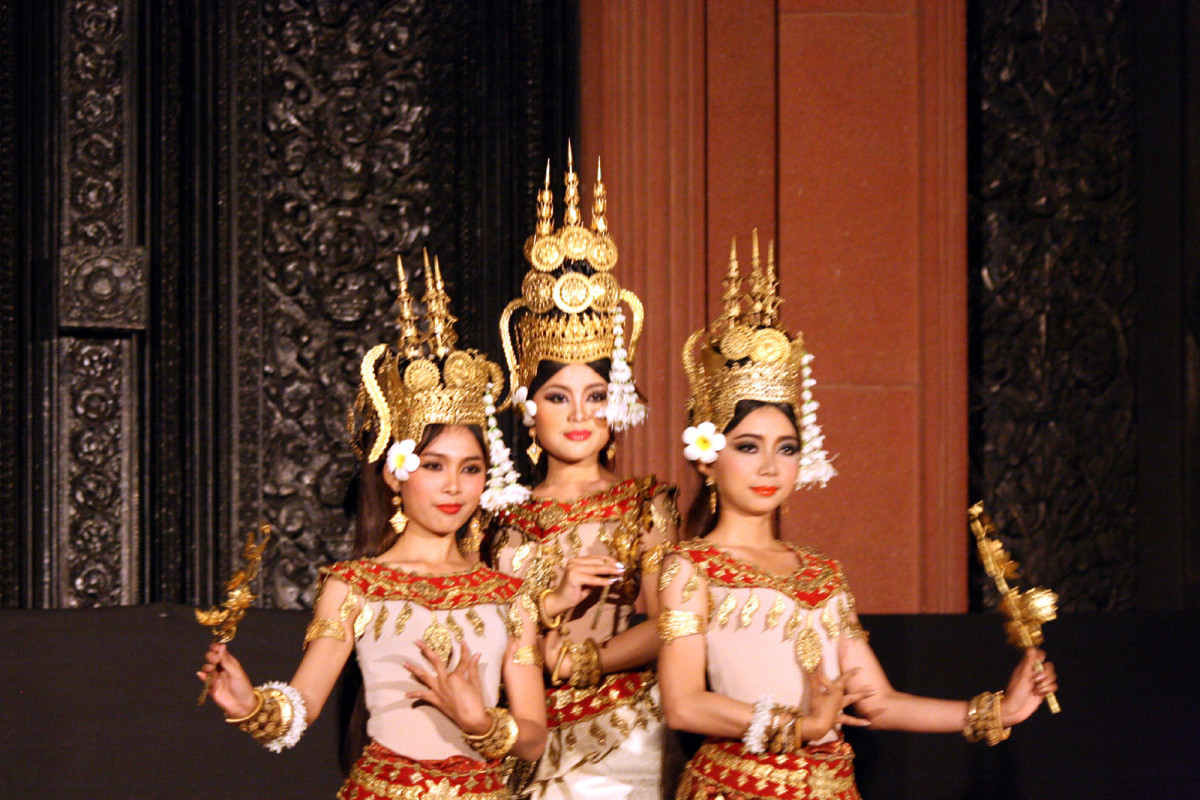In Conversation With the Past
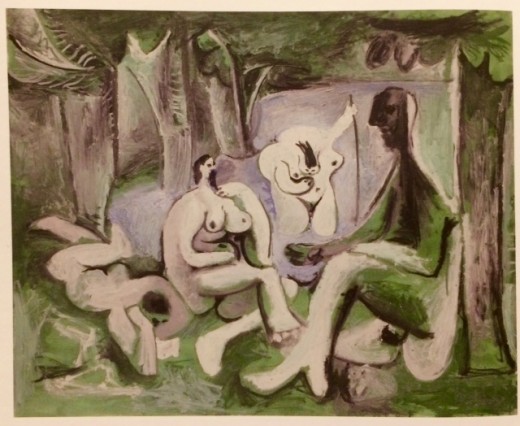
Drawing from paintings was part of the art education a student would receive until recently. Although the majority of art schools today reject this approach, there are still a few that encourage this kind of learning. But are these drawings from paintings of the past just a way of learning, or can we look at them as something beyond studies?
Picasso made hundreds of works after other painters such as Rembrandt, El Greco, Ingres, Poussin, Goya, and Delacroix, among many others. Edouard Manet’s painting “Luncheon on the Grass” inspired Picasso to make numerous paintings, prints, and even sculptures, where Picasso interpreted and re-interpreted the scene, the figures, the setting, and the meaning. Velazquez’s “Las Meninas” also provided Picasso with material for creating multiple variations, not only of the whole palace room including the artist’s self-portrait, but of individual characters such as the Infanta Margarita, whom he painted repeatedly. These works are not copies but interpretations. Picasso used and transformed the images of the old masters into something new and personal. Goya, Velazquez, Manet, etc., are transformed into Picasso’s vision, and in the process they stop being Goya, Velazquez, Manet, etc., and become Picasso’s.
The National Gallery in London possesses a great number of drawings made by Frank Auerbach after the works in the museum’s collection. During the 1950’s, 60’s, and 70’s, both Auerbach and Leon Kossoff made weekly visits to the galleries to draw from works by Caravaggio, Constable, Claude, Degas, Gainsborough, Goya, Rubens, Tiepolo, Turner, and Titian, among others. Auerbach’s approach is different from Picasso’s. He also interprets the paintings he draws from, not so much to get something new out of them, but rather as a way to get into the depths of the paintings. Often his drawings reveal a concern for structure, organization, and composition. In contrast with Picasso’s works from the old masters, these are drawings about the old masters themselves and, although they carry Auerbach’s touch, not so much about himself.
Although not all interpretations of the old masters are in and of themselves good works of art, in the cases of Picasso and Auerbach, they go beyond mere copies and stand independently to communicate something of value not found in the originals.

